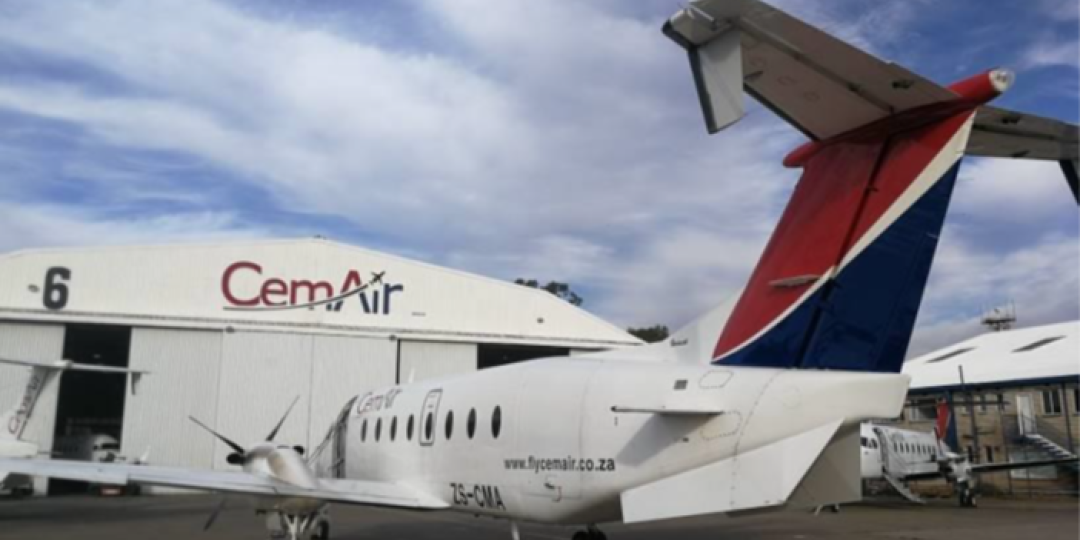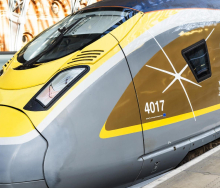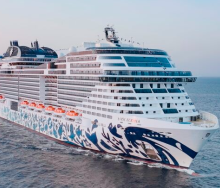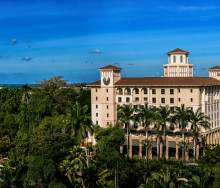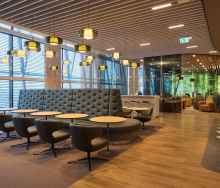CemAir plans to grow new domestic and regional markets in 2022 and is considering bringing four more aircraft into service to boost capacity on trunk domestic routes and outlying cities in South Africa. It also has ambitions to service new regional destinations, subject to regulatory approval.
The carrier recently inked an interline agreement with SAA, which promises more international connecting traffic for both partners in 2022.
CEO, Miles van der Molen,revealed that CemAir “had a sniff” at Mango Airlines when it came up for sale. “When we read the expression of interest document, we decided that it probably wasn’t for us. The issue is the determination of value,” he told Travel News.
Van der Molen felt that the South African aviation landscape had been forever changed by COVID-19, even though, by early December, he estimated the market had recovered to 70-80% of pre-pandemic capacity and approximately 60% of pre-pandemic demand.
“It is not as bad as the first half of the year, but what hurts now is the impact of the international travel bans. Everyone relies heavily on international visitors. If you take the forced exclusion out of the equation, the domestic market has probably softened only slightly.”
CemAir has filed multiple applications to start servicing various regional routes, but those applications won’t be finalised until the Department of Transport reconstitutes its Air Services Licensing Council (ASLC). In addition, Van der Molen said the airline was open to expanding its SAA agreement.
To increase capacity on local routes, CemAir will add two 78-seat Q400 aircraft to its fleet, and is in the process of securing two more CRJ900s (90-seaters). “Most capacity would be deployed in the local market. And we would be doing more if we had the capacity,” he remarked.
After another challenging year for airlines, Van der Molen said it had been critical to remain flexible and to adapt to changing market conditions. He said it had been CemAir’s agility and size along with the support it had received from the travel trade that had helped it to fly through the pandemic.
“We have seen different routes react at different times. Cape Town-Johannesburg has recovered fast but has much more capacity. Some of our other traditional routes have also started to recover, like Margate. The situation is extremely dynamic and each destination has its own nuances. The South Coast is popular with Germans, so the German travel bans affect some routes (like Margate), more than others. When Angola closed its borders, Luanda came to a grinding halt.”
With unpredictability of travel at the present time, what are the new parameters for a regional and domestic carrier during the Covid-pandemic? According to Van der Molen, it’s all about constantly assessing the routes you are flying, looking at the competitors on each route, decreasing capacity where you can, finding the opportunity where the market has been recovering while nobody was looking, and doing all this without cancelling too many flights to protect traveller confidence.
“You do the best you can. There’s no business model to go by any more. The pre-COVID model is almost non-applicable.”
